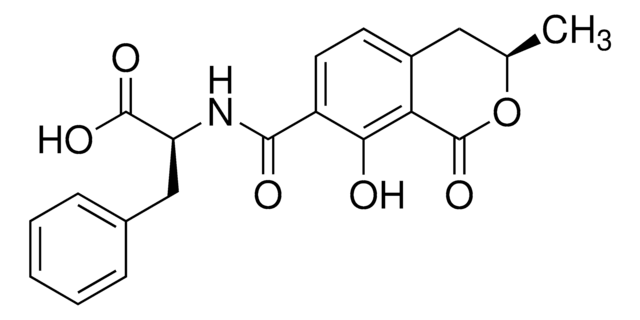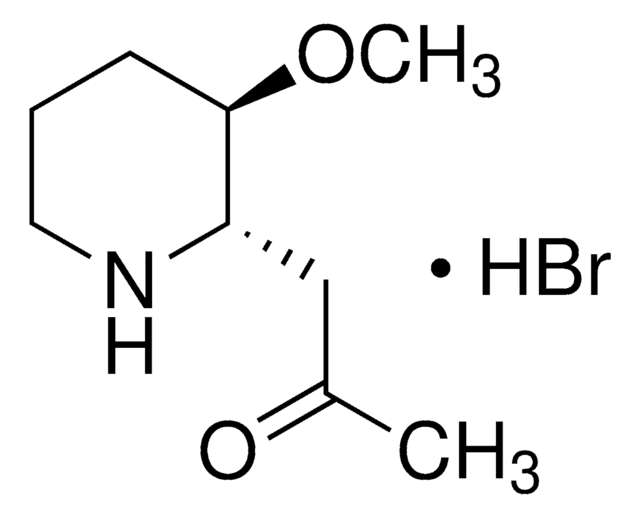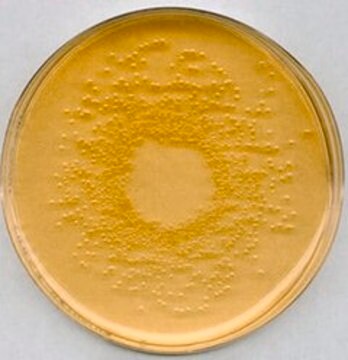MABS482
Anti-PL Scramblase 1 Antibody, clone 1A8
clone 1A8, from mouse
Synonym(s):
Phospholipid scramblase 1, PL Scramblase 1, Ca(2+)-dependent phospholipid scramblase 1, Erythrocyte phospholipid scramblase, MmTRA1b
About This Item
Recommended Products
biological source
mouse
Quality Level
antibody form
purified antibody
antibody product type
primary antibodies
clone
1A8, monoclonal
species reactivity
human, mouse
technique(s)
immunohistochemistry: suitable
immunoprecipitation (IP): suitable
western blot: suitable
isotype
IgG2bκ
NCBI accession no.
UniProt accession no.
shipped in
wet ice
target post-translational modification
unmodified
Gene Information
human ... PLSCR1(5359)
General description
Immunogen
Application
Signaling
Signaling Neuroscience
Immunohistochemistry Analysis: A 1:50 dilution from a representative lot detected PL Scramblase 1 in mouse colon tissue.
Western Blotting Analysis: A representative lot detected PL scramblase 1 in platelets and lung tissue from wild-type and PLSCR3-/-, but not PLSCR1-/-, mice, while little or no PL scramblase 1 was detected in adipocyte or muscle samples from wild-type or the knockout animals (Wiedmer, T., et al. (2004). Proc Natl Acad Sci USA. 101(36):13296-13301).
Western Blotting Analysis: A representative lot detected retroviral-mediated ectopic expression of murine PLSCR1 in SCF-ER-Hoxb8-immortalized myeloid progenitor cells from PLSCR1−/− mice (Chen, C.W., et al. (2011). J Leukoc Biol. 90(2):221-233).
Immunprecipitation Analysis: A representative lot immunoprecipitated PL scramblase 1 from murine bone marrow-derived mast cells (BMMCs) following IgE receptor activation. Tyrosine phosphorylation of PL scramblase 1 was then checked by Western blotting with clone 4G10 (Kassas, A., et al. (2014). PLoS One. 9(10):e109800).
Quality
Western Blotting Analysis: 1.0 µg/mL of this antibody detected PL Scramblase 1 in 10 µg of HeLa cell lysate.
Target description
Physical form
Storage and Stability
Other Notes
Disclaimer
Not finding the right product?
Try our Product Selector Tool.
Storage Class Code
12 - Non Combustible Liquids
WGK
WGK 1
Flash Point(F)
Not applicable
Flash Point(C)
Not applicable
Certificates of Analysis (COA)
Search for Certificates of Analysis (COA) by entering the products Lot/Batch Number. Lot and Batch Numbers can be found on a product’s label following the words ‘Lot’ or ‘Batch’.
Already Own This Product?
Find documentation for the products that you have recently purchased in the Document Library.
Our team of scientists has experience in all areas of research including Life Science, Material Science, Chemical Synthesis, Chromatography, Analytical and many others.
Contact Technical Service






